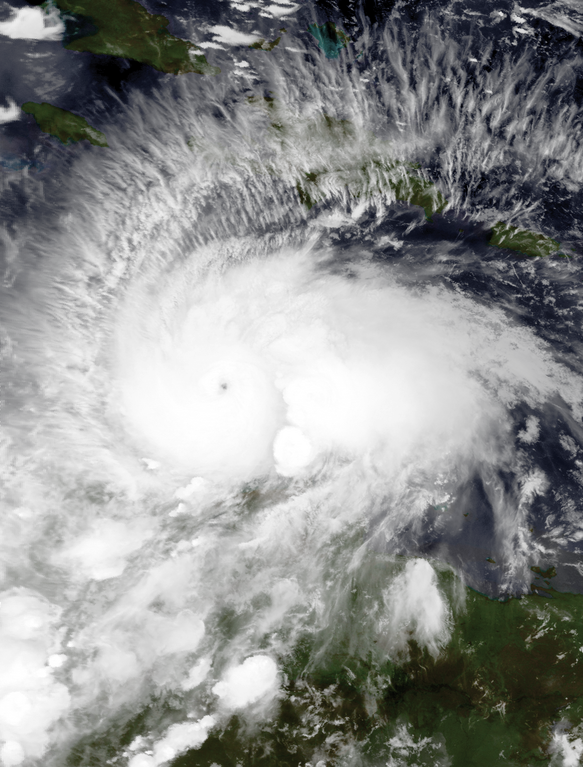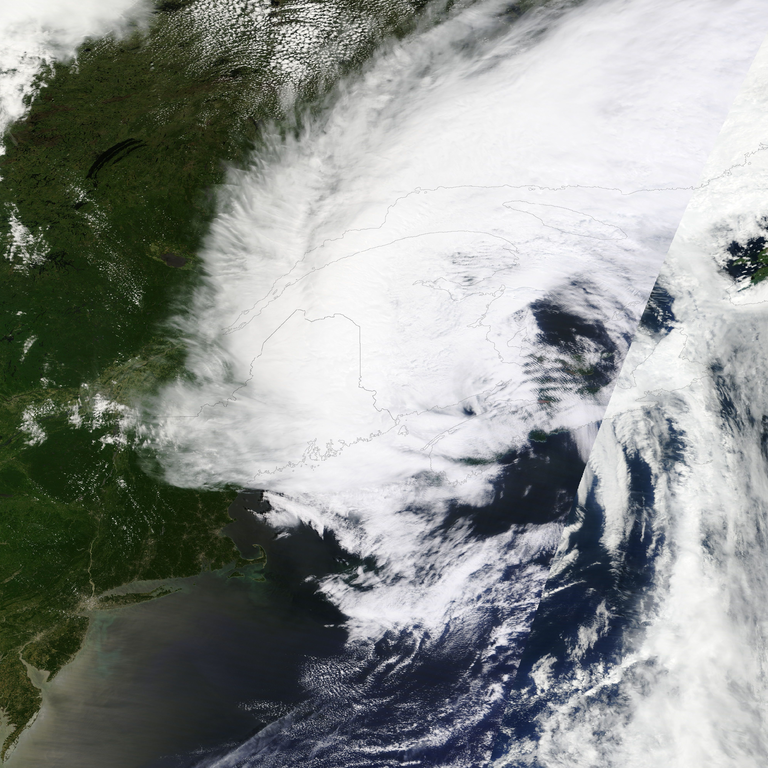

Introduction
Hurricane Matthew was one of the most powerful storms of the 2016 Atlantic hurricane season, causing widespread devastation in the Caribbean and southeastern United States before transitioning into a post-tropical storm and impacting Atlantic Canada in early October 2016.
Meteorological History
Matthew developed from a tropical wave in the Caribbean and rapidly intensified into a Category 5 hurricane, causing catastrophic damage in Haiti and the southeastern United States. As it moved northward, Matthew weakened and transitioned into a post-tropical storm before reaching Atlantic Canada.
Impact on Atlantic Canada
Matthew’s remnants brought heavy rain and strong winds to Atlantic Canada, with Nova Scotia and Newfoundland and Labrador experiencing the most significant impacts. The storm caused localized flooding, particularly in Cape Breton, where several roads were washed out. Power outages affected thousands of homes, and coastal areas saw rough seas and high waves.
Response and Aftermath
The response to Hurricane Matthew involved extensive efforts to restore power and repair damaged infrastructure. The flooding in Cape Breton prompted emergency evacuations and significant cleanup operations. The storm’s impact underscored the need for improved flood management and infrastructure resilience in the face of increasingly severe weather.
Conclusion
Hurricane Matthew’s legacy in Atlantic Canada is a testament to the far-reaching effects of powerful storms, even as they transition from tropical to post-tropical status. The storm served as a wake-up call for the region, highlighting the importance of preparedness and infrastructure resilience.


